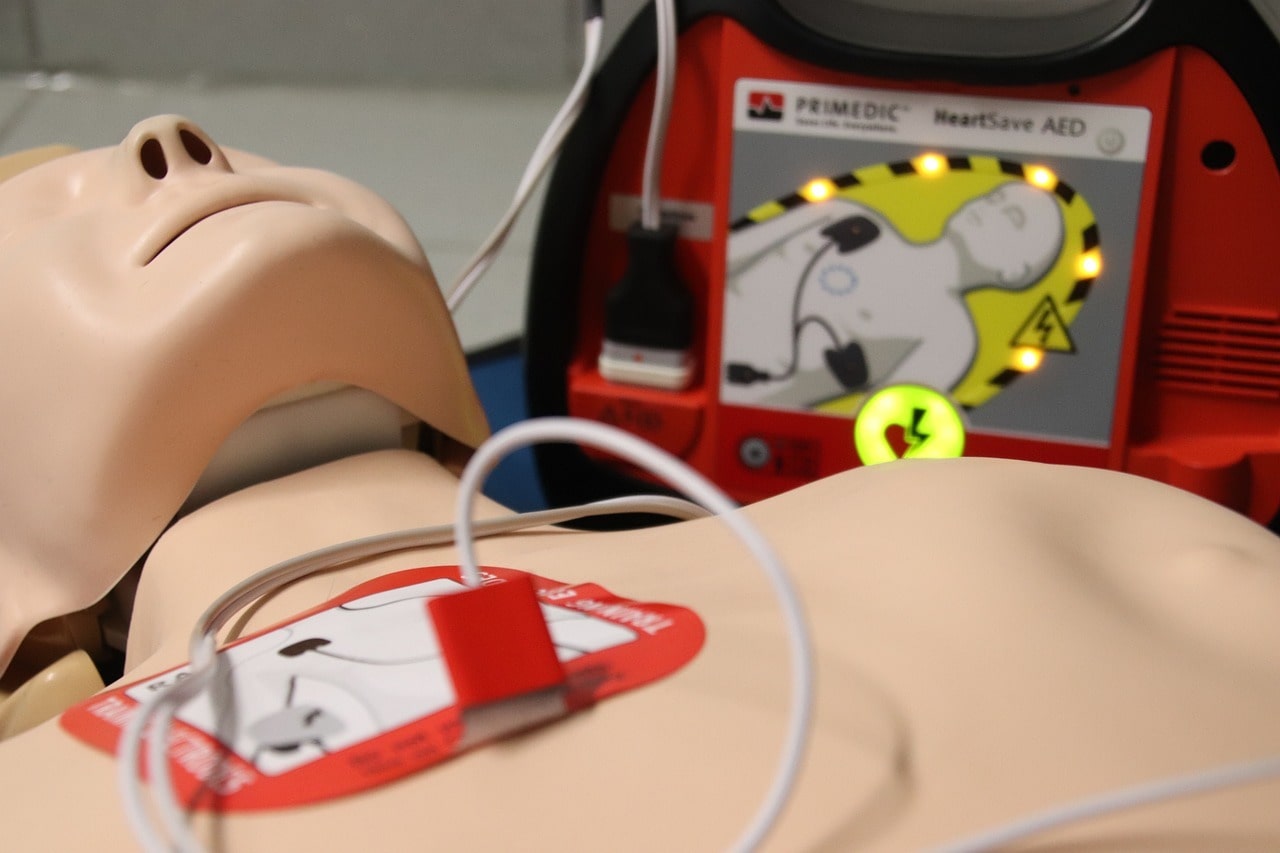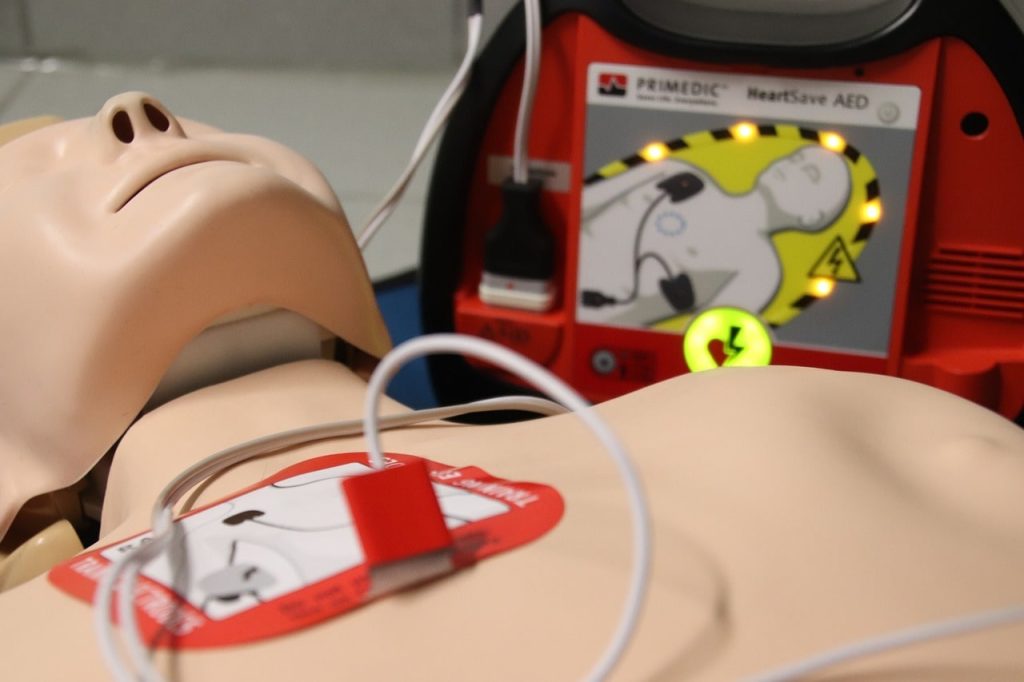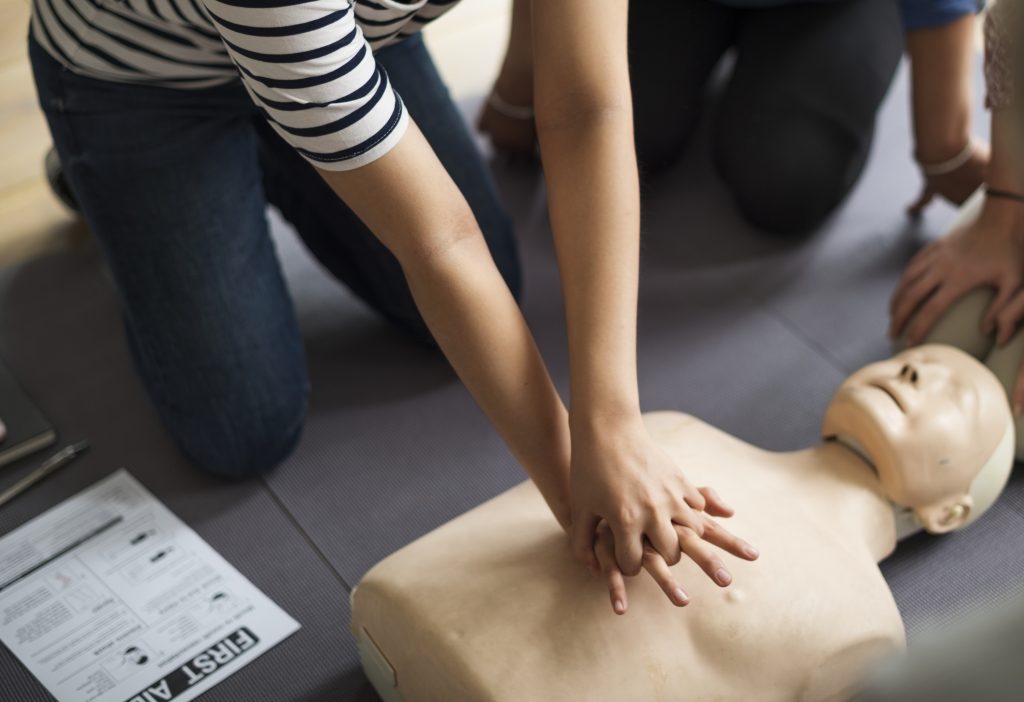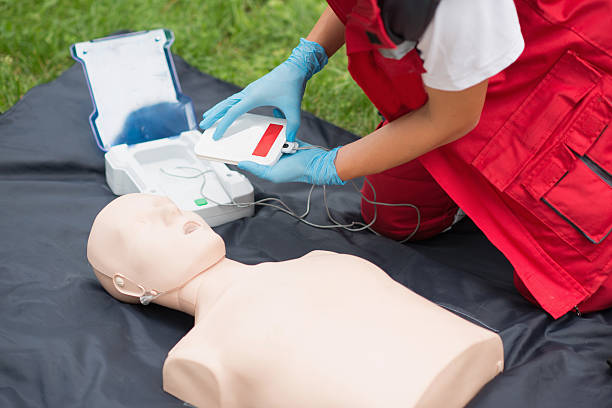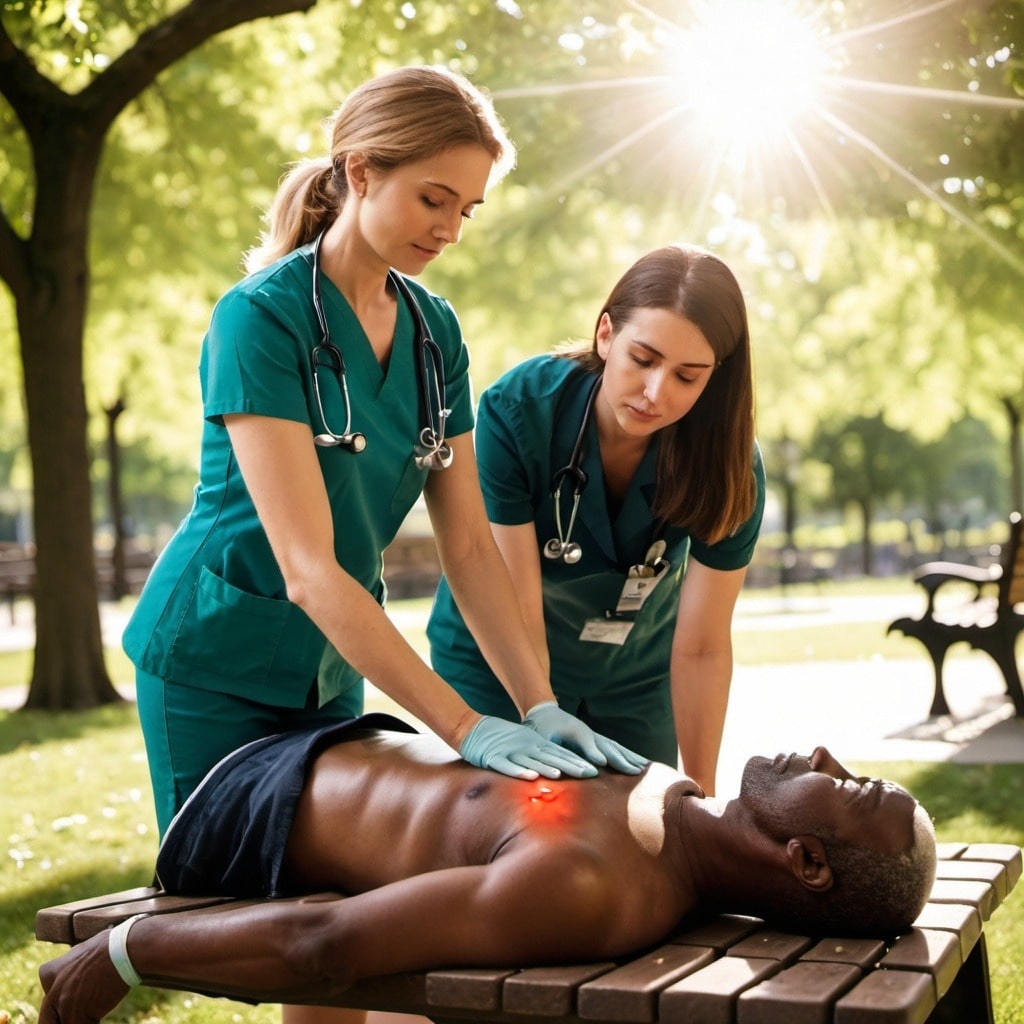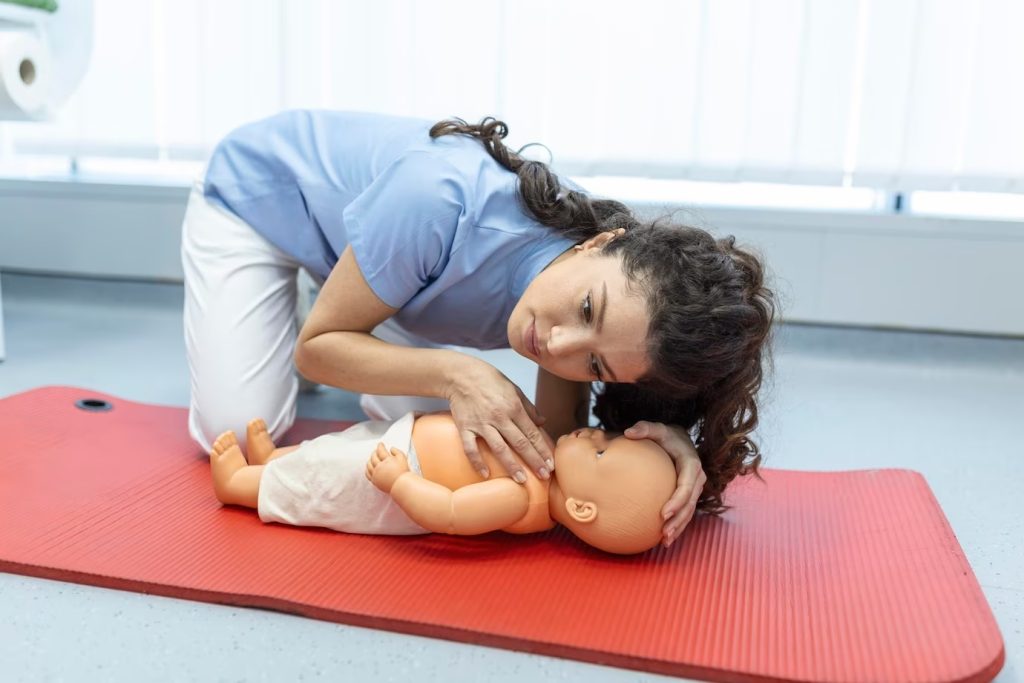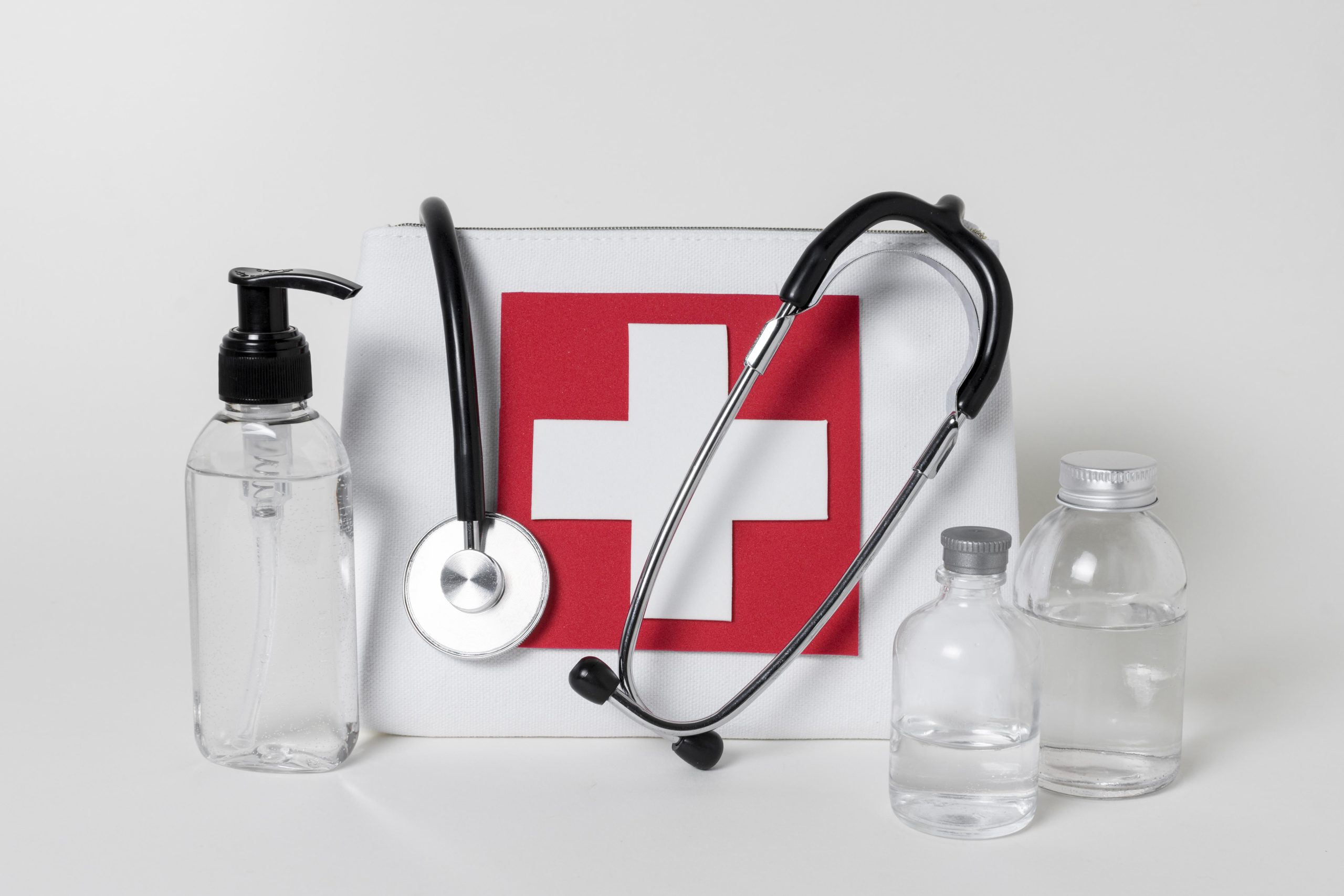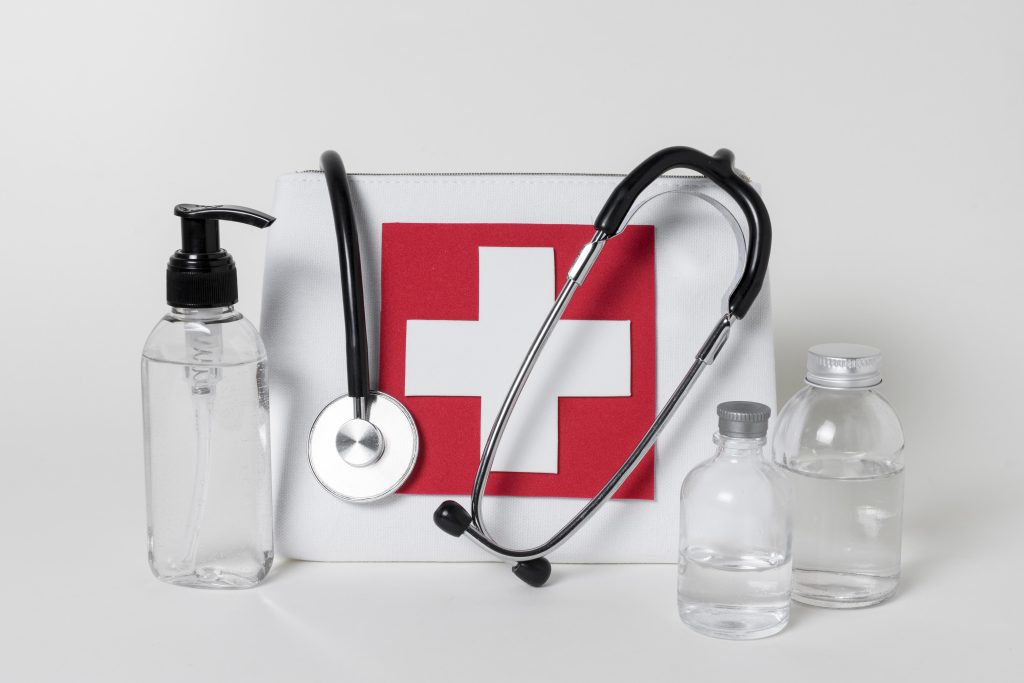Be a Lifesaver: Introduction to CPR and AED Training in Tucson
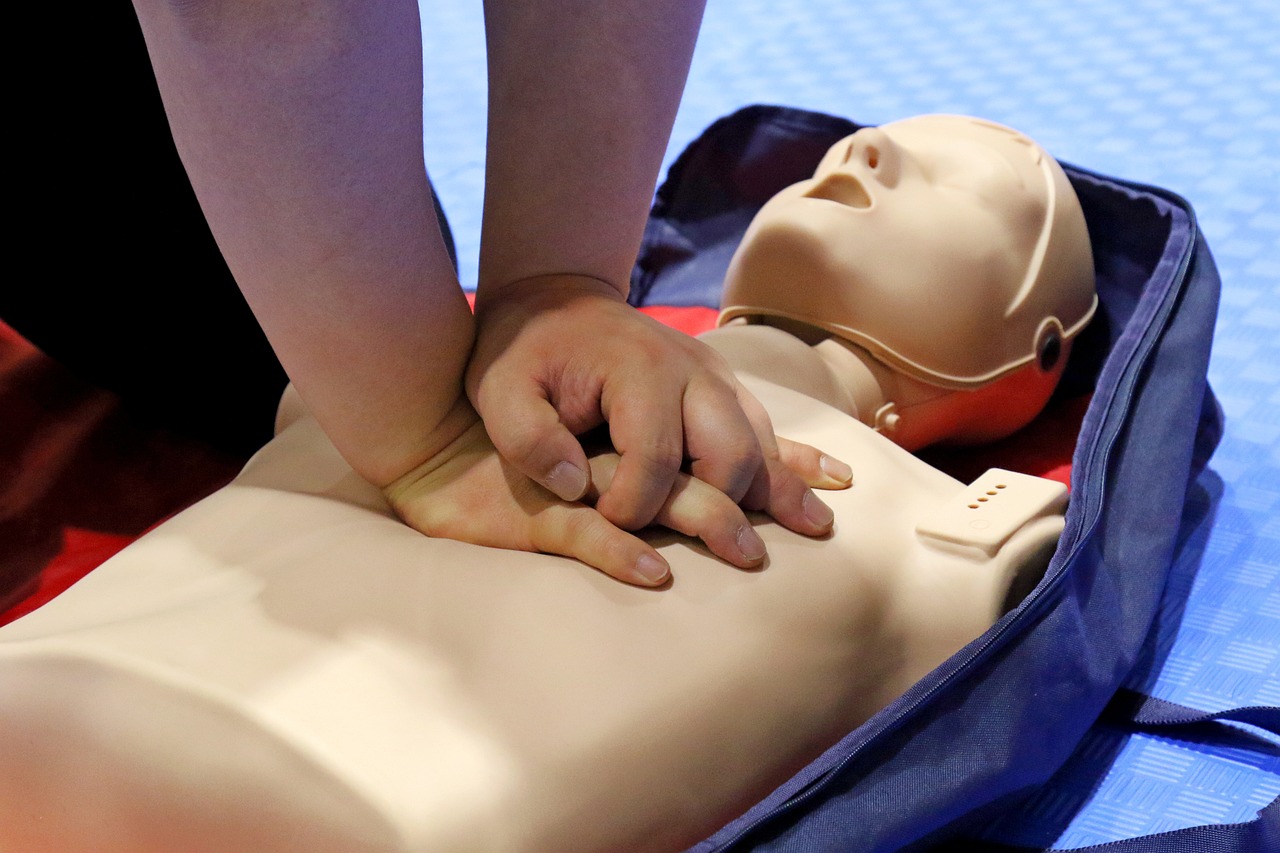
Be a Lifesaver: Introduction to CPR and AED Training in Tucson
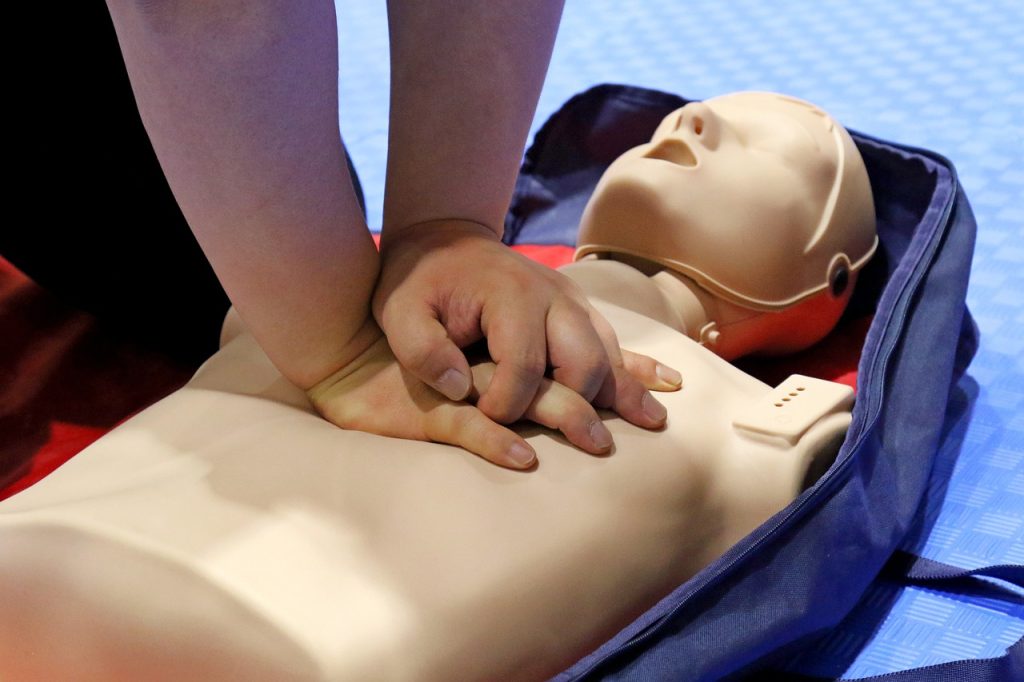
Learning Automated External Defibrillator (AED) and Cardiopulmonary Resuscitation (CPR) practice can mean the change between life and death. Every year, countless lives are tragically lost due to sudden cardiac arrest. But, equipped with the right knowledge and skills, you can become a hero and potentially save a life. This essential guide dives into the world of CPR and AED training, equipping you with the basics to make a critical difference in an emergency.
What is CPR and AED Training?
CPR and AED training equips individuals with the necessary skills and knowledge to respond effectively in the event of a cardiac emergency. It empowers you to take decisive action while waiting for medical professionals to arrive.
CPR: This life-saving technique involves chest compressions and rescue breaths. By manually pumping the heart and providing oxygen, CPR can maintain blood flow until help arrives.
AED: This portable device analyzes the heart rhythm and, if necessary, delivers an electrical shock to restore a normal heart rhythm.
Who Should Get Trained?
CPR and AED training is beneficial for everyone, regardless of age or background. It empowers individuals to act decisively in emergencies, potentially saving the lives of loved ones, colleagues, or even strangers. Here are some specific groups who can significantly benefit from this training:
- Individuals with family members at risk of heart disease: This knowledge can provide peace of mind and the ability to act quickly in an emergency.
- Caregivers, teachers, and childcare providers: Being prepared for unexpected situations can ensure the safety and well-being of those entrusted to your care.
- First responders, security personnel, and lifeguards: These individuals are more likely to encounter cardiac emergencies in their line of work, and having CPR and AED training is crucial to their ability to respond effectively.
- Coaches, trainers, and fitness professionals: These professionals often work with individuals who may be at increased risk of cardiac events, and knowing CPR and AED skills can be life-saving.
- Anyone who wants to be prepared for emergencies: Taking initiative and learning these skills demonstrates personal responsibility and can potentially contribute to saving a life in your community.
What Does CPR and AED Training Involve?
Typically, CPR and AED training programs consist of:
- Classroom instruction: This interactive session covers the theoretical aspects of CPR and AED usage, including:
- Recognizing the signs and symptoms of cardiac arrest: Early recognition of these signs is critical for timely intervention.
- Performing high-quality chest compressions: Proper technique is essential for maximizing the effectiveness of CPR.
- Delivering rescue breaths (optional, depending on comfort level): Knowing how to administer rescue breaths can further increase the chances of survival.
- Operating an AED: Understanding how to use an AED correctly and safely is crucial in these situations.
- Understanding the Chain of Survival, a series of critical steps that increase survival rates in cardiac arrest emergencies: This knowledge helps individuals take the necessary actions in the correct instruction to make best use of the probabilities of a successful result.
- Hands-on skills practice: This practical component allows participants to:
- Simulate CPR techniques on mannequins: Practicing on mannequins helps build muscle memory and confidence.
- Practice using a training AED: Familiarization with the device and its operation is essential for effective use in real-world situations.
- Gain confidence in their ability to perform these life-saving skills: Repeated practice fosters confidence and preparedness.
Benefits of CPR and AED Training
Learning CPR and AED usage boasts several advantages:
- Increased confidence and preparedness: Training equips you with the knowledge and skills to act effectively in a stressful emergency, providing a sense of control and empowerment.
- Improved survival rates: Early and proper CPR and AED intervention can significantly increase the chances of survival for someone experiencing cardiac arrest. Studies have shown that bystander CPR can double or triple the survival rate of individuals experiencing sudden cardiac arrest.
- Enhanced sense of community: By getting trained, you contribute to a safer and more prepared community, potentially saving a life and fostering a sense of collective responsibility.
- Fulfilling personal growth: Learning these valuable skills can be a rewarding experience, boosting your self-esteem and confidence knowing you can potentially make a difference in an emergency.
Additional Benefits of CPR and AED Training in Tucson:
Beyond the universal benefits of increased confidence, improved survival rates, and a sense of community responsibility,
CPR and AED training offer several advantages specific to Tucson residents:
Enhanced Career Prospects:
Public safety roles:
As mentioned earlier, many public venues in Tucson, including parks, community centers, and even shopping malls, are equipping staff with CPR and AED training. Possessing these valuable skills can significantly boost your resume and give you an edge when applying for positions in such settings. Additionally, some schools and childcare facilities prioritize hiring individuals with CPR and AED certifications, making these skills even more valuable.
Healthcare and Fitness Industries:
Healthcare facilities, including hospitals, nursing homes, and rehabilitation centers, and fitness centers often require CPR and AED certification for various staff positions. Acquiring these skills can open doors to diverse career opportunities in these sectors.
Increased Safety for Recreational Activities:
Tucson’s vibrant outdoor scene attracts residents and tourists alike to engage in activities like hiking, biking, and swimming. These activities, while enjoyable, can come with inherent risks. Being CPR and
AED certified can equip you to respond to emergencies that may occur during outdoor adventures, potentially saving the life of a fellow enthusiast.
Peace of Mind for Families and Loved Ones:
With Tucson’s growing elderly population, the risk of cardiac emergencies among loved ones becomes a concern for many families. Having CPR and AED training can provide peace of mind and the ability to act decisively in the event of an emergency, potentially saving the life of a family member or friend.
Increased Personal Safety and Community
Resilience:
Being prepared for unexpected situations not only benefits others but also contributes to your own safety. Knowing CPR and AED skills can empower you to respond effectively in case you encounter a cardiac emergency in public spaces, potentially saving a stranger’s life. This widespread preparedness creates a more resilient community, better equipped to handle emergencies and minimize casualties. By equipping yourself with CPR and AED skills, you are not only investing in your own safety and career prospects but also contributing to a safer and more prepared Tucson for everyone.
Empower Yourself to Save a Life: Enroll in CPR and AED Training Today!
Knowing CPR and AED skills can equip you to be a hero in your community. By taking action and getting trained, you gain the confidence and knowledge to respond effectively in a cardiac emergency, potentially saving a life.
Ready to make a difference?
Numerous organizations offer CPR and AED training programs, allowing you to find the perfect option that aligns with your needs and preferences. Explore local training opportunities, and if you’re located near Tucson, Arizona, consider enrolling in a comprehensive CPR and AED training course conveniently offered in your area. Enroll with us at CPR Classes Near Me Tucson
Remember: Every second matters in a cardiac emergency. By acquiring these crucial skills, you are not only empowering yourself but also contributing to a safer and more prepared community.


